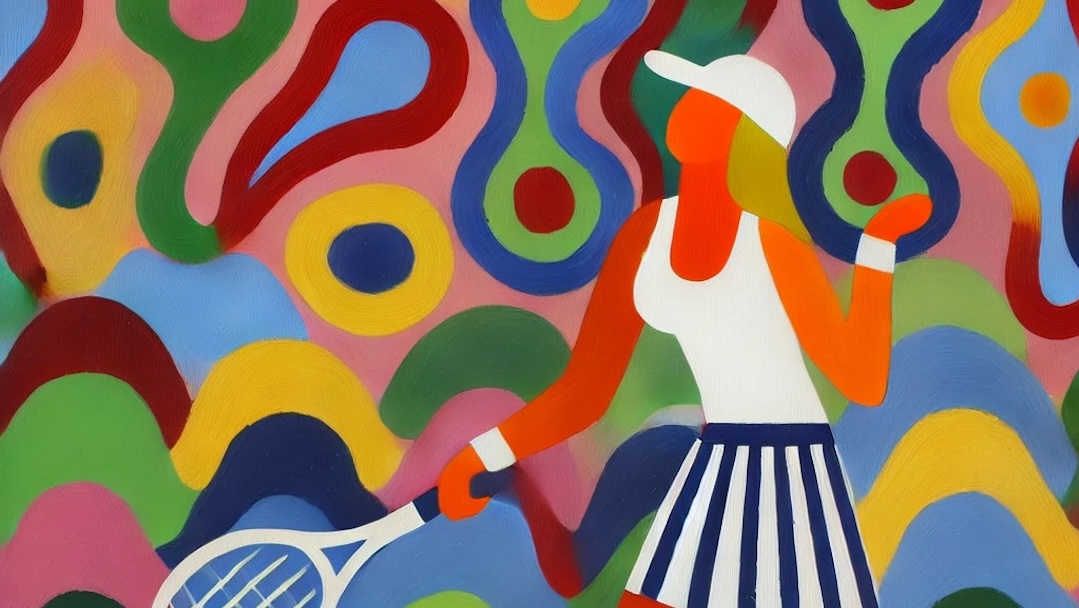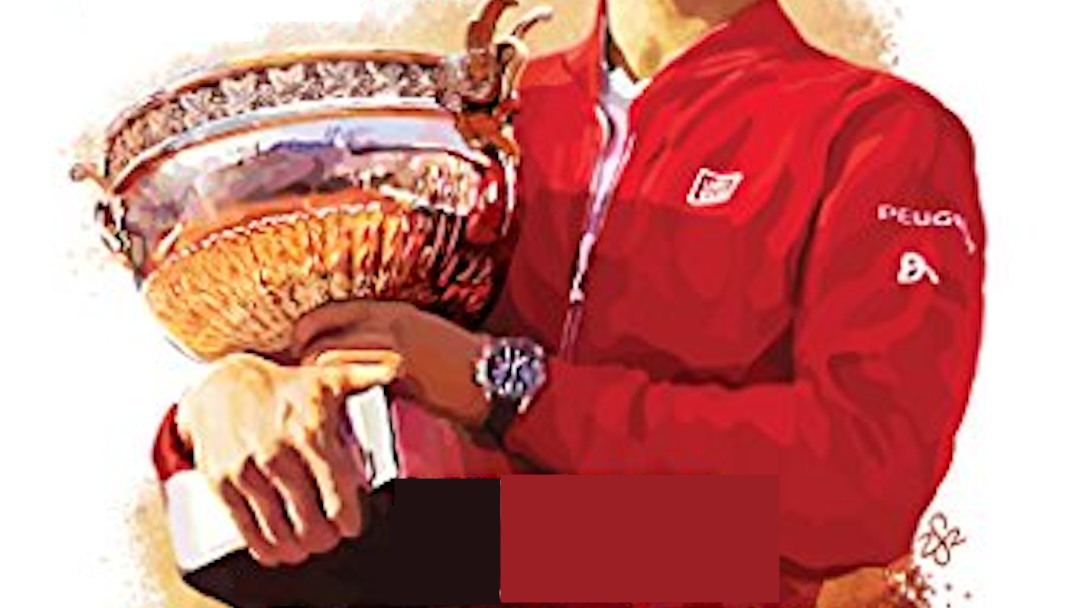Tennis Hits the Books
Before Arthur Ashe, there was Althea Gibson. Long before Ashe broke the color barrier in men’s tennis, Althea was the true pioneer. Her journey was much harder than the one Ashe endured. Part of the challenge was that Althea was female playing in an era where women’s tennis wasn’t valued by the national associations that staged tournaments at all. A larger factor was the color of her skin.
To pull back the curtain on the process for a moment, the unwritten style guide of this site that the full name of a person is given on first usage and subsequently shortened. Arthur Ashe becomes Ashe. In this case I have elected to go with Althea. That decision was not without some consternation.
A study performed as a part of a master’s thesis a little over a decade ago found that NFL announcers tended to refer to black players by their first names while their white counterparts were more frequently referred to by their last names. The assertion from that study is that the usage of last names is generally more respectful. The same study revealed that “athletic” was used more frequently to players of color while smart was attached to caucasians.
The data from that study is embodied in Althea. Her contemporaries described her as incredibly athletic. At the same time her understanding of the game and tactics, particularly early in here career, were denigrated. In other words, not smart. It is sometimes difficult to separate stereotype from reality in historical accounts. In any case, I have elected to go with Althea over Gibson because I perceive that is the more common usage and is more generally recognizable.
The Match: Althea Gibson and a Portrait of a Friendship by Brice Schoenfeld chronicles the tennis career and life of Althea. An earlier edition of the book was subtitled Althea Gibson and Angela Buxton. In fact the book is as much about Buxton as Althea. The friendship between the two players is credited with fueling Althea’s psychological breakthrough.
So much of the story relayed in The Match made me simultaneously sad and at times angry at the injustice. Since Althea did not come from a wealthy family, as the majority of her contemporary competitors did, it was a constant financial struggle for her to compete in tournaments. She was denied sponsorships due to the color of her skin. Tournaments at the time regularly provided housing to the players, but that was also frequently denied to Althea.
A larger problem was that she was frequently not allowed to play at all. Many clubs, associations, and tournaments barred Althea from participating or simply denied her entry. A former WTA professional player, Leslie Allen, wrote an eviscerating criticism of the USTA following a tone deaf statement issued by that organization during the Black Lives Matter movement in 2020. In part it read “It is a sport with a long history of striving for equality and a proven record of trying to level the playing field of opportunity.”
Allen’s visceral response to that statement outlines the case that the USTA, in fact, had a long history of doing exactly the opposite of the assertion in their statement. While the track record in that regard is much better more recently, it does not yet approach “long history” status.
Passages in The Match provide the details behind Allen’s criticism of the USTA. For example, Althea was routinely barred from participating in the US Open by the USLTA because she hadn’t proven herself worthy of competing at that level in other professional tournaments. The fact that she was systematically barred from those tournaments made for a convenient excuse for the USLTA.
Althea’s friendship with Buxton was undoubtedly seeded from the fact that Buxton was also routinely discriminated against and shunned on the professional tour because she is Jewish. One key difference is that her family had the financial resources to help her.
The Match in this case refers to the perfect storm which forged their friendship rather than one particular on-court event. When Althea broke through and won her first major titles in 1956, Angela Buxton was by her side as her doubles partner. Althea won the French Open in singles that year while the doubles partnership carried both the French and Wimbledon titles.
The life and legacy of Angela Buxton is detailed as well in The Match. She is yet another of those players that I am embarrassed to admit that I had never really heard of. I recently ran across her obituary from her death in 2020 on the ITF website. Her passing completely escaped my notice at the time.
As a footnote to the book, the series of open letters between another player of the time, Alice Marble, and Althea is essential reading. Those letters were touched on in The Match, but not a central focus. However, those letters should be read by anyone who is interested in the history. (Link below.)
I highly recommend The Match as a gripping account of an era in tennis that we should never allow ourselves to forget. The greatness and tragedy of Althea Gibson shines through on every page.
Fiend At Court participates in the amazon associates program and receives a paid commission on any purchases made via the links in this article. Additional details on the disposition of proceeds from this source are available in the “About Fiend at Court” page.
- Brains versus Brawn: An Analysis of Stereotyping and Racial Bias in National Football League Broadcasts, Pat Viklund, Boston College, February 2009.
- Tennis champ Leslie Allen takes USTA to task over ‘tone-deaf’ statement, Leslie Allen as told to Jeremy Bembry, The Undefeated, June 18, 2020.
- Obituary: Angela Buxton, ITF Website, August 17, 2020.
- Alice Marble and Althea Gibson Letters.




